Fashion
Patou Spring 2021 Ready-to-Wear
…
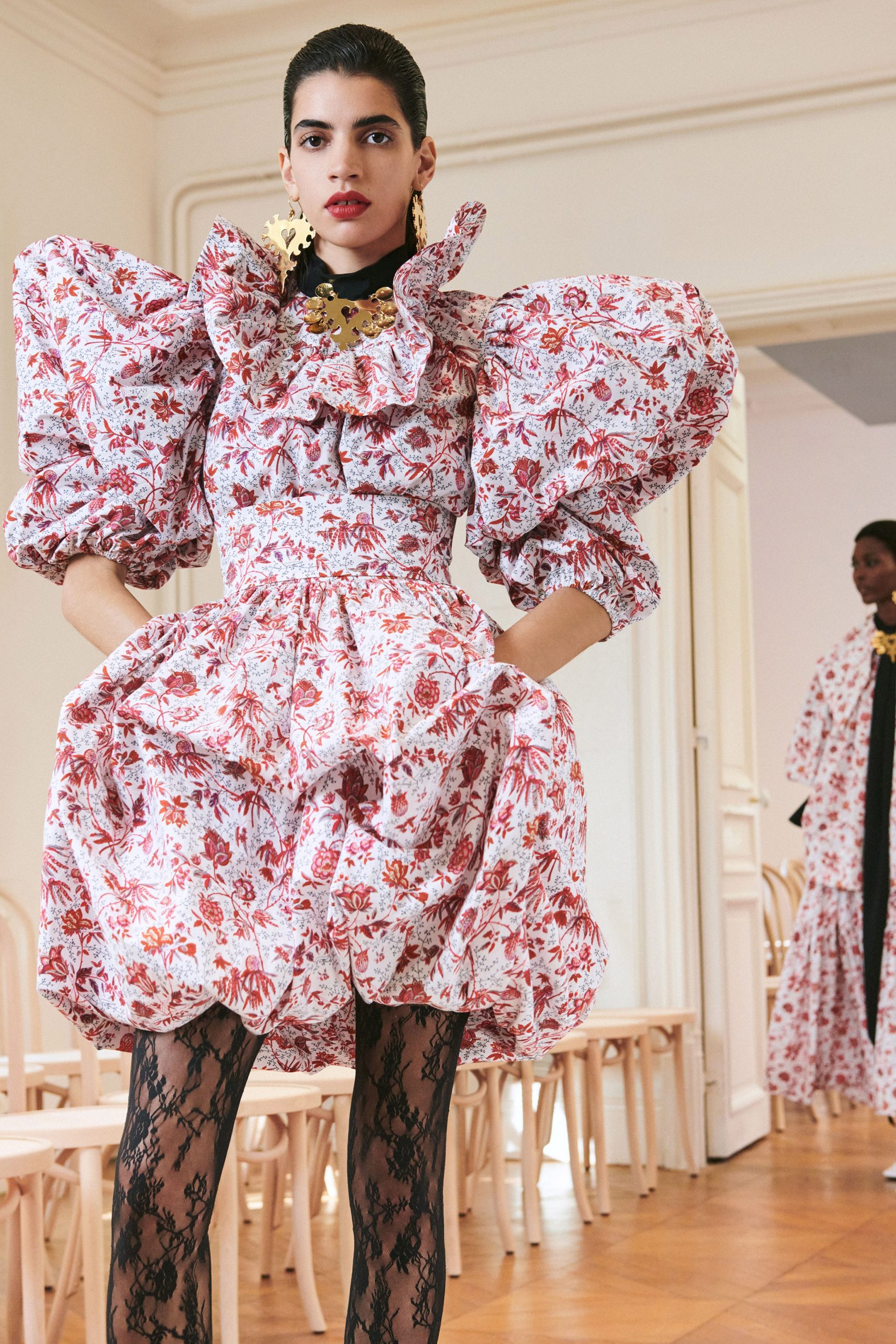

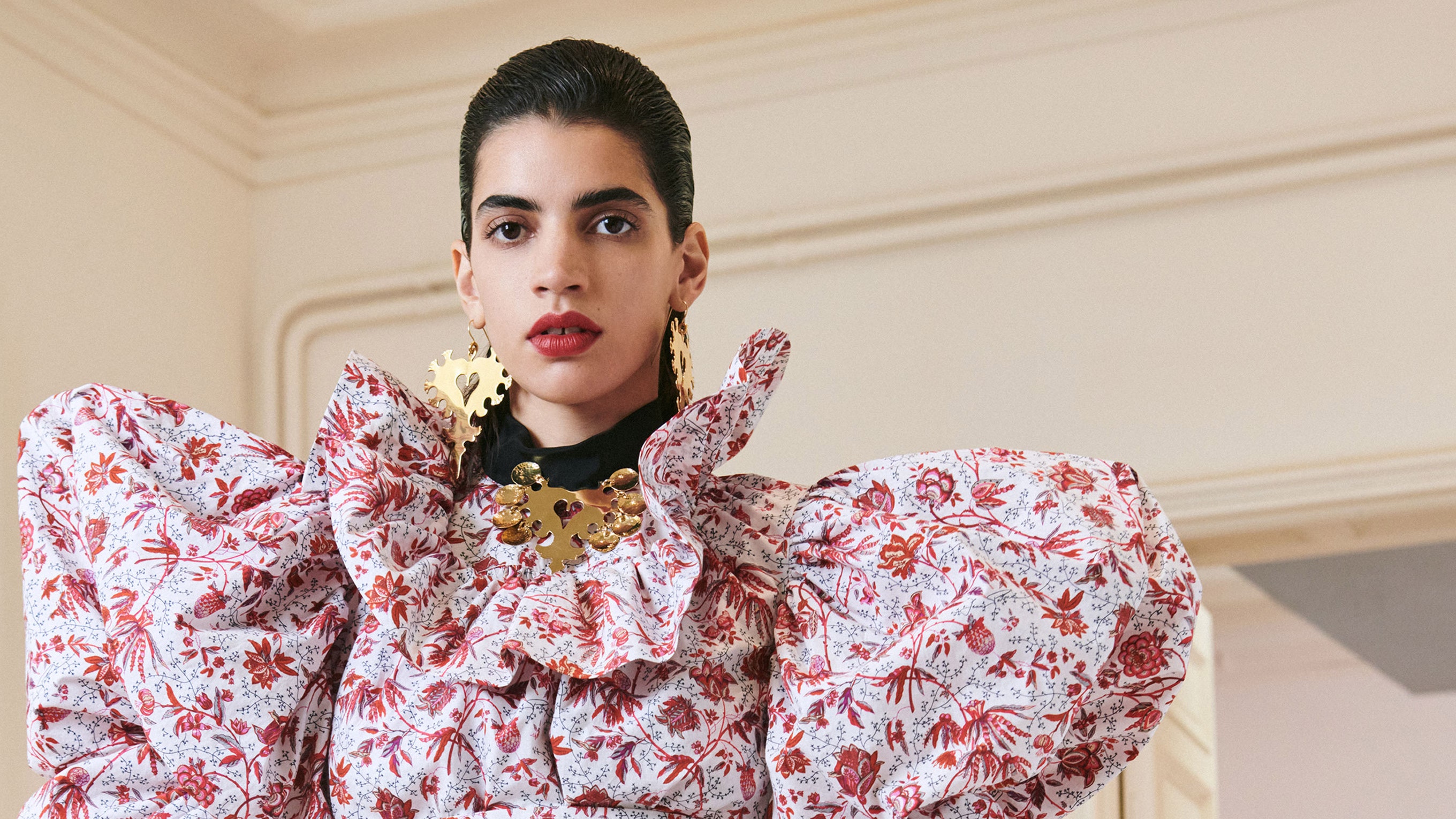
Guillaume Henry welcomed people to an absolutely delightful Patou runway show that didn’t really happen today. “It’s a show with empty seats and no models!” he laughed. “We’ve turned our studio into a catwalk.” The models you see sauntering across the parquet in their puffballs, voluminous smocks, Provençal collars, and jaunty sailor hats had played their parts, sans audience, a couple of days ago at the label’s Île de la Cité HQ. Me, I was about to “go in” via a friendly FaceTime walk-around of today’s static installation—the humans now replaced by frocked-up dummies—with the quintessentially French designer himself.
Henry had thoughtfully sent fabric swatches to my house in London for the occasion. All set: As he started to explain how Look 1, a mouthwatering meringue of Provençal-printed puffed sleeves, a pie-frill collar, and a mini-balloon skirt, came from his 1980s childhood imagination, I was simultaneously perusing its material origins on the label. Organic cotton poplin: 100% GOTS cotton, it said. “Yes, we’re 70% recycled and organic materials in this collection,” Henry exclaimed, “and we’re aiming for 100%.”
This is the most modern thing about the rebirth of Patou: It comes with full-on French style, transparent sourcing, and non-ridiculous prices—factors that have definitely never fit into the same sentence before now. “Patou is about a wardrobe, and it will always be,” said Henry. “But this time we turned this wardrobe into something more fantasy! I wanted to go back to this love of fashion I had when I was nine years old, drawing dresses in my bedroom—and nobody was talking about fear or the economy. It was just about fun, flamboyance, joy, enthusiasm. I wanted to go back to that exuberance.”
And so it reads, even from afar. Exaggerated silhouettes have been steadily inflating over the past few seasons—surely something to do with standing out on social media. Ideal timing, then, for the comeback of Henry’s memories of being enthralled by watching the likes of Christian Lacroix on French TV news. “He was a huge influence on me when I was nine, 10, in the late ’80s, early ’90s. So I wanted the silhouette to be ‘couture’ even if you can break it all down separately.”
Lacroix, as all fashion history geeks know, started his rise to fame at the house of Patou, so his puffball silhouettes, succulent bows, and French-regional references resonate happily through Henry’s collection. The difference, in the hands of the younger designer, is the practicality and sense of economy that underpins his design. The huge white collars are accessories—they’re meant to be laundered and used as styling pieces. The silhouettes that appear to be frivolous one-party outing dresses (like the captivating Provençal look) are often actually skirts and tops, intended for multiple reconfigurations. “A blouse, a skirt, and a dress,” as he put it.
Kudos to him for cheering spirits, considering customers, and being mindful of Patou’s carbon footprint, all at once.
Fashion
Raekwon Unveils “The Emperor’s New Clothes” With All-Star Lineup
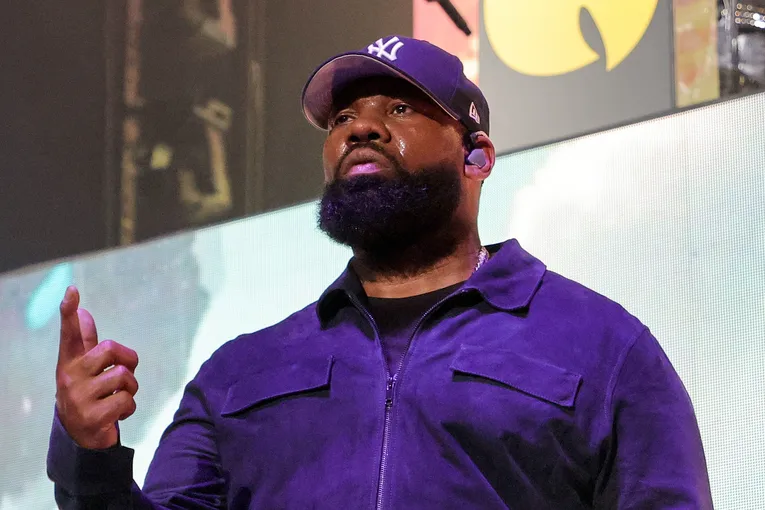
Raekwon, a legendary rapper known for his role in the Wu-Tang Clan, has just announced his long-awaited eighth studio album, titled “The Emperor’s New Clothes,” set to be released through Mass Appeal. Although no singles have been shared yet, the album is already creating a buzz and is highly anticipated this summer. It’s been seven years since Raekwon last released a solo album, and this new project feels more like a grand return than just another release.
He’s teamed up with a mix of familiar faces from the Wu-Tang Clan and some fresh talent in hip-hop. Listeners can look forward to clever lyrics and captivating stories filled with raw emotion. Raekwon has invited his Wu-Tang brothers Ghostface Killah, Method Man, and Inspectah Deck to feature on the album, ensuring a classic blend that fans love. He’s also brought in well-respected artists outside of the Wu-Tang family, like Nas and members of the Griselda collective, Westside Gunn, Benny The Butcher, and Conway The Machine, who are known for their gritty style.
Adding to the variety, singers Stacy Barthe and Marsha Ambrosius will provide soulful vocals to complement Raekwon’s hard-hitting verses. The album’s production features talented names like Swizz Beatz, Nottz, J.U.S.T.I.C.E League, Frank G, and Roadsart, promising a rich, cinematic sound that matches Raekwon’s lyrical skills. Even with such an impressive lineup, there’s still a sense of mystery around the album. There have been no early songs or previews released, just the announcement itself, which builds even more expectation.
But for Raekwon, this is part of his journey. He has always delivered powerful lyrics and relatable street stories without much introduction. The title, The Emperor’s New Clothes, suggests a fresh start and a daring vision that might challenge the current state of rap. With his experienced flow and storytelling still sharp, Raekwon seems prepared to reestablish his place among the top artists in hip-hop.
Fashion
Wendy Williams Makes Stylish Splash At Columbia Supporting Her Designer
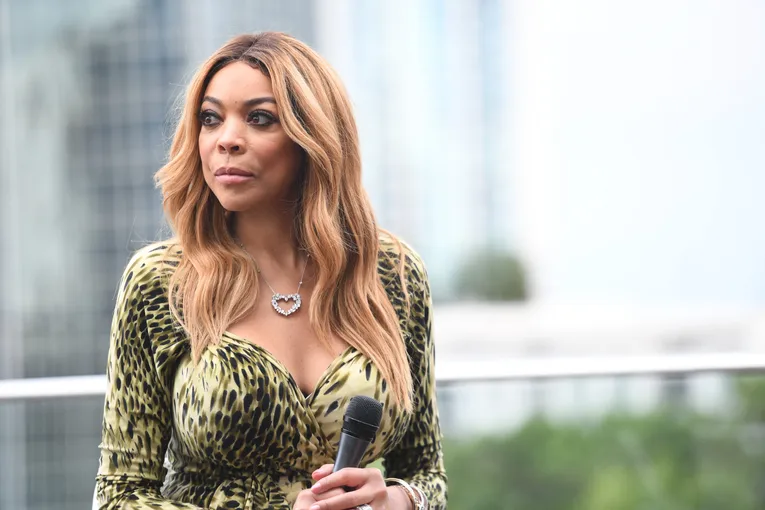
In a delightful surprise for fans and fashion enthusiasts, Wendy Williams made a rare appearance at Columbia University on Tuesday, and everyone couldn’t help but notice her. The former talk show host was in high spirits as she showed up to support her longtime friend and fashion designer, Mel Maxi. Wendy looked fantastic in a stylish black-and-white outfit that included a Yankee hat and her trademark flair.
Designed by Maxi himself, her outfit was not just chic but also had a personal touch that highlighted her vibrant personality. In a heartwarming moment recorded on video, Wendy told Maxi, “This is amazing! This was specifically designed for me… this is really hand done.” Wendy came to cheer on Maxi, who was set to give a lecture about fashion design at the prestigious university. Her appearance was a meaningful moment between two creative friends who have supported each other for years. Wendy’s presence emphasized the importance of friendship and collaboration in the creative world.
As she walked by, a nearby fan shouted their love for Wendy, and she instinctively responded with her signature warmth and enthusiasm: “Thank you!” she exclaimed with a big smile. After being away from the spotlight for months, Wendy’s visit was a refreshing change for fans who have missed her lively spirit. There were no fancy events or flashing cameras, just Wendy enjoying the moment, supporting a friend, and reminding us all of the significance of showing up for the people we care about.
-
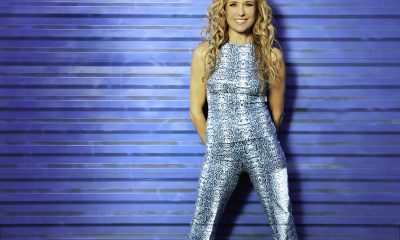
 Artist Spotlight4 days ago
Artist Spotlight4 days agoHope Easton channels tropical mischief and charm in new single “SexyReady”
-

 Artist Spotlight4 days ago
Artist Spotlight4 days agoSweetCandy! declares self-love and defiance on “UGLY”
-
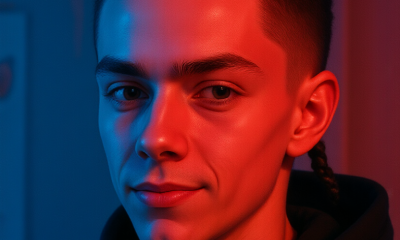
 Artist Spotlight4 days ago
Artist Spotlight4 days agoBluntBrad Jr. finds calm ambition in the laid-back shine of “It’s All Good”
-

 Artist Spotlight4 days ago
Artist Spotlight4 days agoLavien drops a heartfelt Afrofusion plea that sticks to the soul with “Nobody”
-

 Artist Spotlight3 days ago
Artist Spotlight3 days agoLana Crow turns challenges into a celebration with “Laugh With You”
-
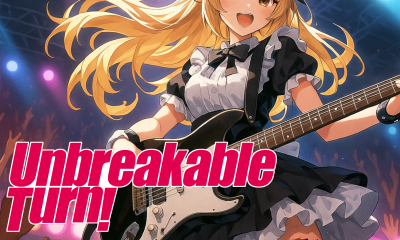
 Artist Spotlight5 days ago
Artist Spotlight5 days agoCircleKSK ignites an anime-metal collision on “UnBreakable Turn” ft. Anya J
-

 Artist Spotlight5 days ago
Artist Spotlight5 days agoRecc explores nostalgia and inner freedom in “Where the Wild thYngs Are”
-

 Artist Spotlight5 days ago
Artist Spotlight5 days agoAnnaBelle Swift delivers gentle hope and gratitude with new single “Heaven Sent”

